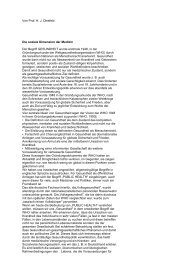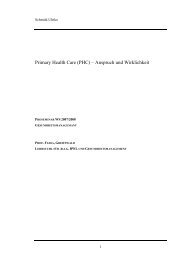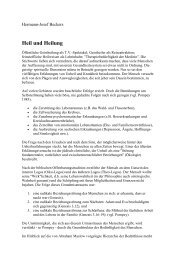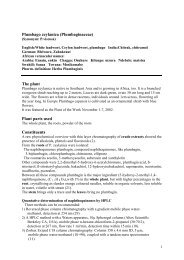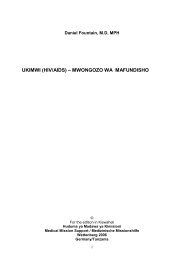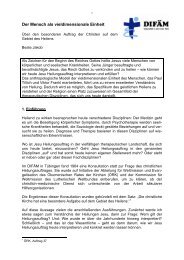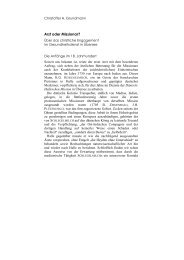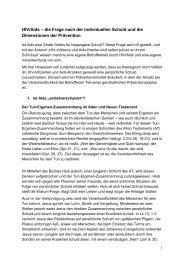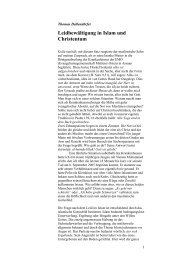(PHCII) - MMH/MMS
(PHCII) - MMH/MMS
(PHCII) - MMH/MMS
Create successful ePaper yourself
Turn your PDF publications into a flip-book with our unique Google optimized e-Paper software.
Socioeconomic/cultural factors have significant influences on a place where delivery is to<br />
take place. WHO describes that poverty is clearly a high risk factor. It is also known that<br />
poor women are less likely to have formal education than wealthy women, and are less<br />
likely to be in good health and to seek or receive medical care (Maine WHO 1986). Some<br />
studies done in Bachok district Malaysia and elsewhere noted that, child birth at home is<br />
perceived as a natural family event in which relatives support and comfort the mother<br />
while child birth in hospital on the other hand is an event from which families are to<br />
some extent excluded. Furthermore hospital delivery is not popular among rural mothers<br />
who are strongly influenced by tradition (Ahmad et al -WHO 1995).<br />
Whereas Bolam et al in a study on factors affecting home delivery in the Kathmandu<br />
valley Nepal health unit delivery was 81% and home delivery was 19%. In univariate<br />
analysis comparing home and institutional deliveries, maternal education, parity and<br />
poverty were associated with place of delivery. It has been noted that poor education and<br />
multiparity rather than poverty per se increase the risk of a home delivery in<br />
Kathmandu(Bolam et al 1998).<br />
Mathew et al (1995) in survey to establish knowledge of TBAs in Nigeria on handling<br />
deliveries they noted that, many of the birth attendants were illiterate and only a few had<br />
been trained by a health professional. Majority did not recognize potentially serious<br />
complications occurring in the mother as a cause of concern.<br />
9




